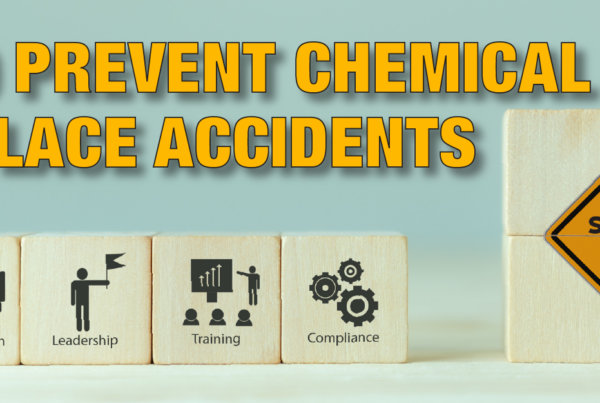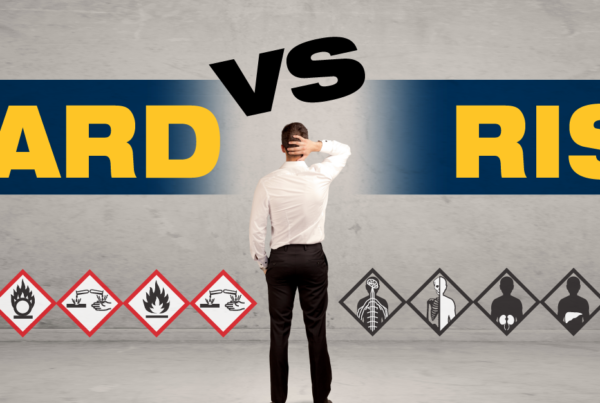The Next Revolutionary War?
For many, this transition period to OSHA HazCom 2012 from the Hazard Communication Standard of 1994 can best be summarized by Thomas Paine’s famous quote, “These are the times that try men’s souls.” While it was used in the pamphlet The American Crisis to deliver the ideas of the Revolution to the people of early America, there are many in the throes of classifying chemicals, substances and mixtures that feel this quote applies to daily life.
There is pressure on SDS authors, either internally or externally, to “get it right”. How can we be sure our classification is accurate? Did we cover all the hazards? Did we use the correct data? Should we check other sources? These last two questions can be the most difficult to answer.
To be a “good” SDS writer, never stop at just one source of data. Since OSHA chose not to use the exact language out of GHS Revision 3 and only selected certain building blocks when developing HazCom2012, care should be taken when utilizing classifications from other world areas. One has to remember that many other world areas did the same thing. Using classifications derived under another country’s system could lead to some over-classification, or under, depending on which country’s system is used.
A prime example of this would be Toluene. A straightforward colorless, insoluble, liquid chemical used mostly as a solvent, and a fuel and builder molecule for other chemicals. It is also an aromatic hydrocarbon. So what’s the problem? The problem comes in when comparing the classifications from two reliable agencies.
Comparison:
According to the European Chemicals Agency (ECHA), Toluene is classified as the following:
- Flammable Liquid, Category 2
- Reproductive Toxicity, Category 2
- Aspiration Hazard, Category 1
- STOT – RE, Category 2
- Skin Irritant, Category 2
- STOT – SE, Category 3
Looking at New Zealand’s Chemical Classification and Information Database (CCID) and the needed correlation sheet (found here) suggests that Toluene is:
- Flammable Liquid, Category 2
- Acutely Toxic, Category 4 via Oral and Inhalation
- Skin Irritant, Category 2
- Eye Irritant, Category 2A
- Reproductive Toxicity, Category 2
- Aquatic Toxicity (Acute), Category 2
- Aquatic Toxicity (Chronic), Category 4
There is inconsistency in the Acute Toxicity and Eye Irritation, as well as for Aspiration and Aquatic Hazards. Neither agency should be considered wrong or right. In this instance the answer lies in searching other reliable resources. In the end additional research can ensure a more comprehensive classification for chemical SDS and label. This does require more time, effort, and skill, but worker safety is what’s most important.
There is no need for a Revolution under HazCom2012. Only a commitment to good research and the time to perform it can truly prevent it.
As always, ICC Compliance Center is here to help with all of your HazCom 2012 needs.
Save






 ICC USA
ICC USA ICC Canada
ICC Canada